Having recently finished building our 7′ 7″ Nutshell Pram, we moved on to outfitting it for sail. For the rudder we chose a bronze-and-brass split-gudgeon fitting, as specified by the Nutshell’s designer, Joel White. The split-gudgeon hardware is also specified for White’s Shellback and Catspaw dinghies as well as his Pooduck Skiff but would work well on almost any dinghy transom. An Arch Davis Penobscot 17 that we once owned had the same rudder hardware, so we were confident it would work well on the Nutshell.The gudgeon straps will straddle a rudder-blade thickness of just under 7⁄8″; the upper strap arms are 4″ long, and the lower strap arms are 5 1⁄4″. Both can be trimmed to length as needed, which was the case for the lower strap for the 7′7″ version of the Nutshell. The kit comes with all mounting hardware. With the rudder held horizontally the rudder's lower gudgeon can engage on the pintle, just below the its upper transom fitting.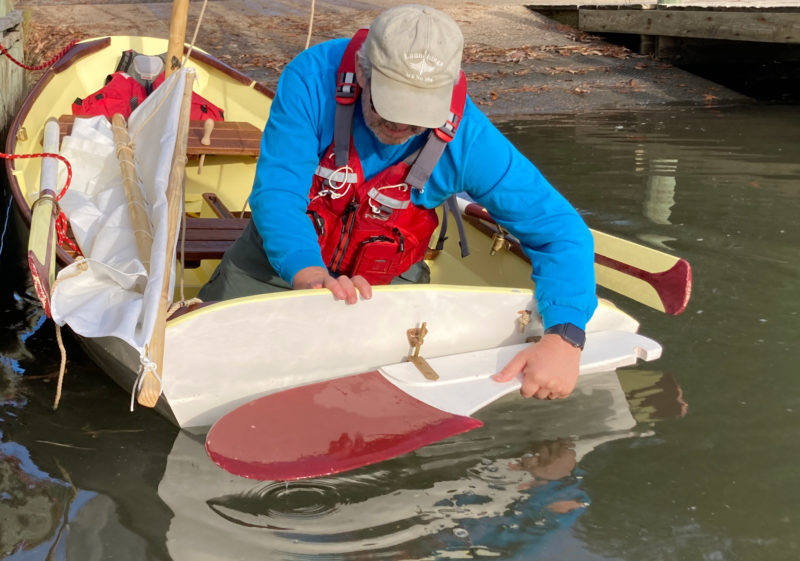 Photo by Audrey and Kent Lewis
Photo by Audrey and Kent Lewis
Join The Conversation
We welcome your comments about this article. If you’d like to include a photo or a video with your comment, please email the file or link.
Comments (3)
Leave a Reply
Stay On Course





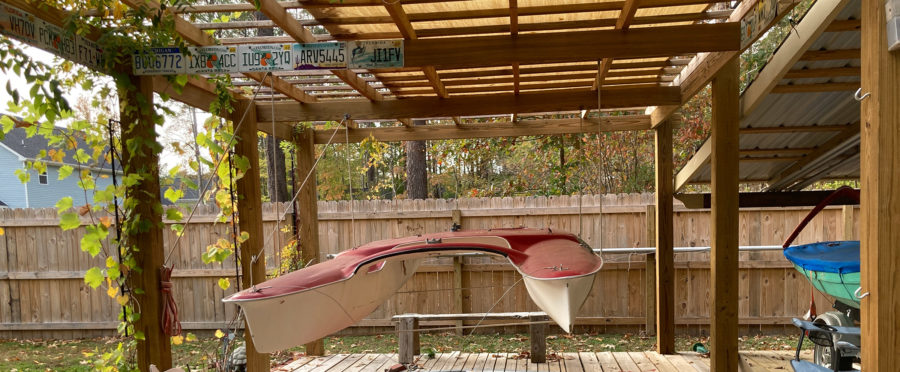
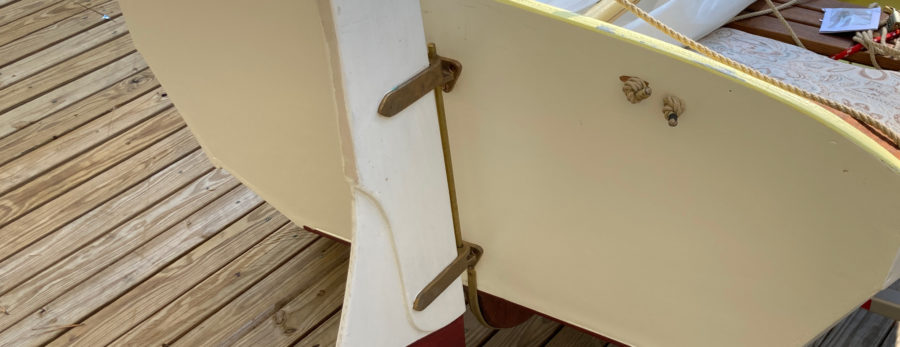
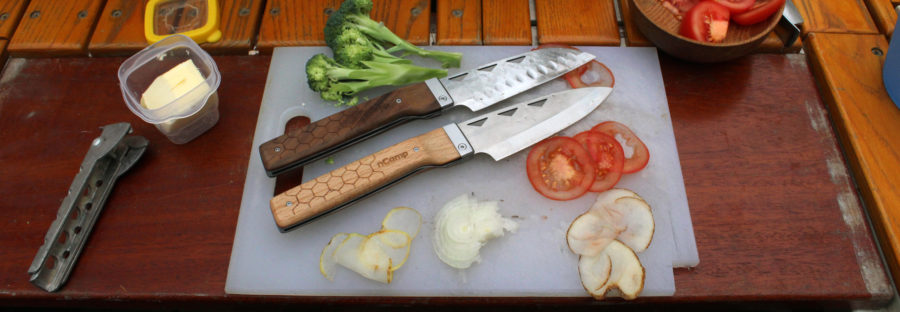
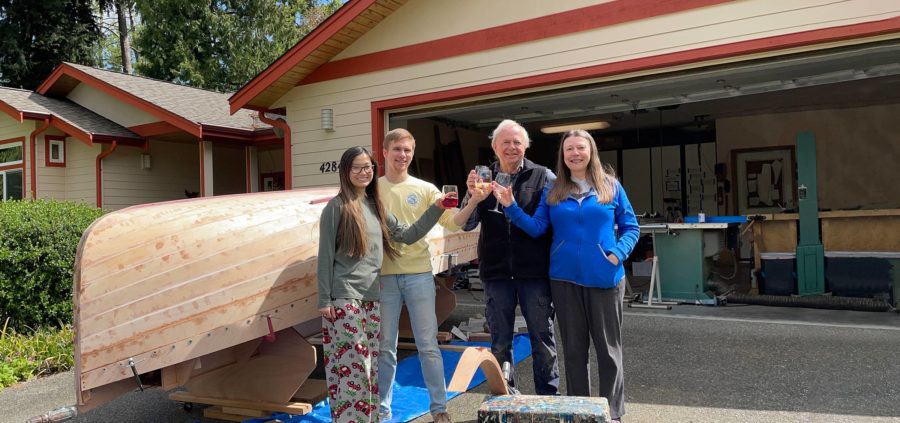
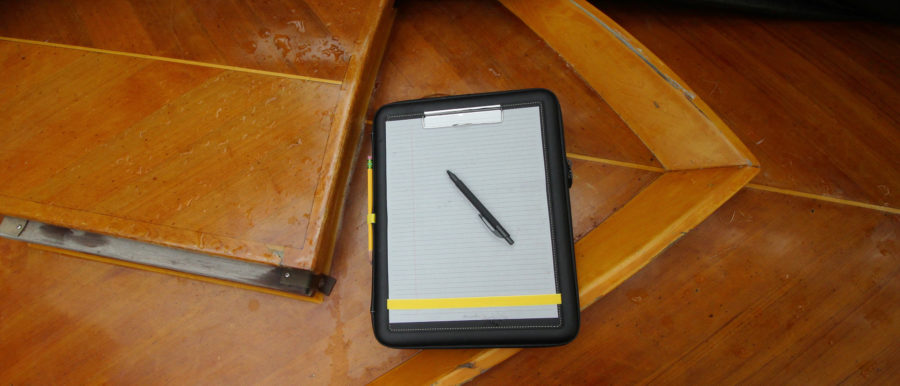
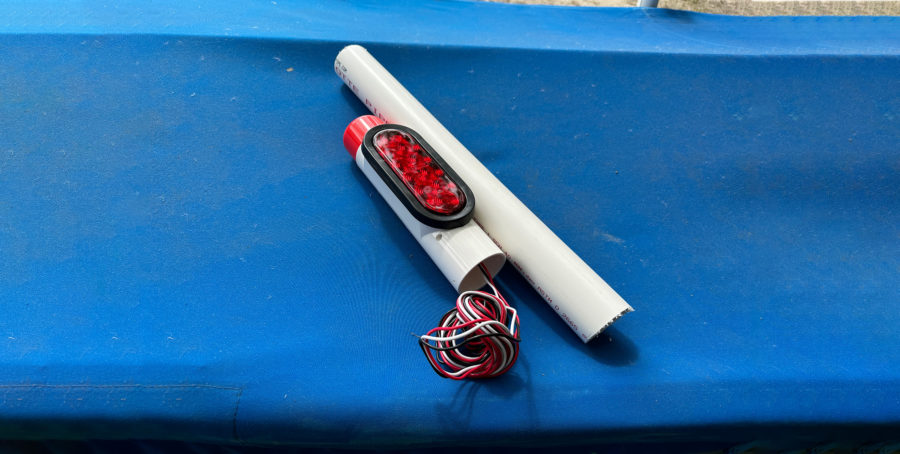
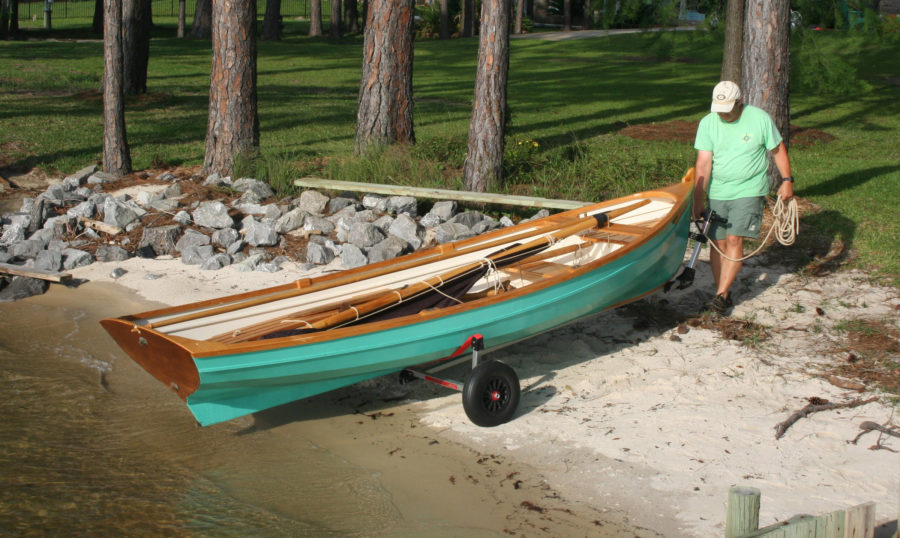
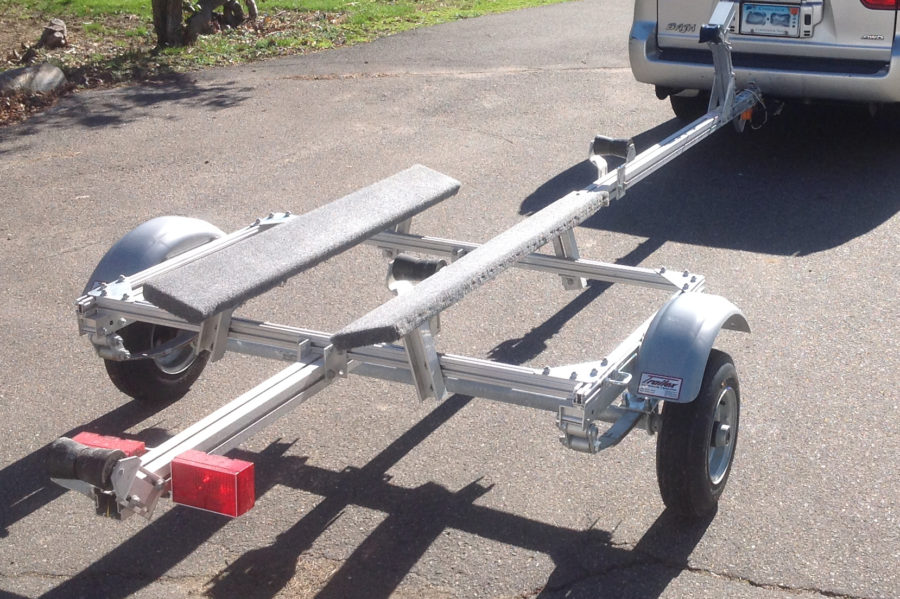
These are really nice and work well.
But if you have a conventional system, trim an inch or so off your top pintle. It will make setting getting the rudder on much easier as you don’t need to line both up at the same time. And if you don’t have a retaining clip, take a bit of stainless or other metal and make a piece that pivots out of the way when shipping the rudder and then pivots down to keep the rudder from lifting out. I’ve had the rudder come off in a capsize without something like this and that’s kind of awkward.
Thanks for the article. I was just considering this hardware.
How easily do the gudgeons move up the pintle if the rudder blade scrapes the bottom? It seems like that would be a good feature. In fact, it seems like the rod could be longer to accommodate more vertical movement. But maybe that’s not the point of it. When you come into a beach, do you unship the rudder and row in? Or let it pop off the pintle on its own?
The rudder gudgeons move up and down easily. When we come in, we have done both methods you mentioned, it just depends on our mood, weather, wind, obstacles, etc…